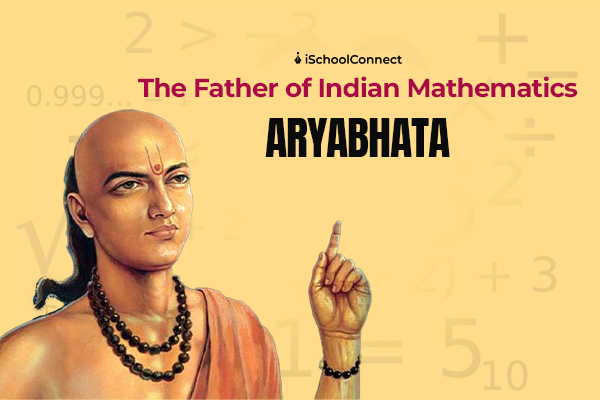He is one of the first mathematicians to use algebra: Who is Aryabhata?
The West thinks that it "found" everything itself, but history does not say so. Here is the story of the Indian mathematician who made great contributions to mathematics and lived 1500 years ago:

(476 – 550) Indian mathematician and astronomer. He was born in South India, in Kusumapura (now Patna in Bihar State), which was the imperial capital for a century or two. It is known that he wrote Aryabhatıya in 499, which carries his name to the present day. The work, written in rush form, consists of four parts. The 10-line introductory chapter “Ganitapada”, which comes after “Dasagitika”, includes 33 lines on general mathematics subjects. The third section of 25 lines, “Kalakriyapada”, tells about time measurement and celestial bodies. “In Golapa, it consists of 50 verses about the solar eclipse and the Earth.
Aryabhatiya, one of the oldest Indian sources in mathematics, is also one of the first works in which algebra is used extensively. In this work, Aryabhata examined the solution of quadratic equations as well as the definition of arithmetic sequences with formulas. One of Aryabhata's most important contributions to geometry is that he calculated the number pi with four decimals. Aryabhata found the correlation between these figures as 3.1416 (3 177 / 1250) in a circle with a circumference of 62,832 units and a diameter of 20,000 units. He also developed a method for expressing large numbers, using an alphabet prepared by Indian linguists. His contribution to trigonometry is to prepare the first sine ruler.
Aryabhata, who also made important studies in the field of astronomy, argued that the celestial bodies seem to move throughout the day due to the Earth's rotation around its axis. This idea was not supported by contemporary Indian astronomers. These works of Aryabhata, who also made calculations regarding the positions of the Earth and the Moon, initially only affected scholars in South India. His book, his work, was translated into Arabic in the 9th century under the name Zicü'l-Aryabhar. It is known that Birûnî benefited from this study. Aryabhatiya was translated into European languages in the 19th century.
